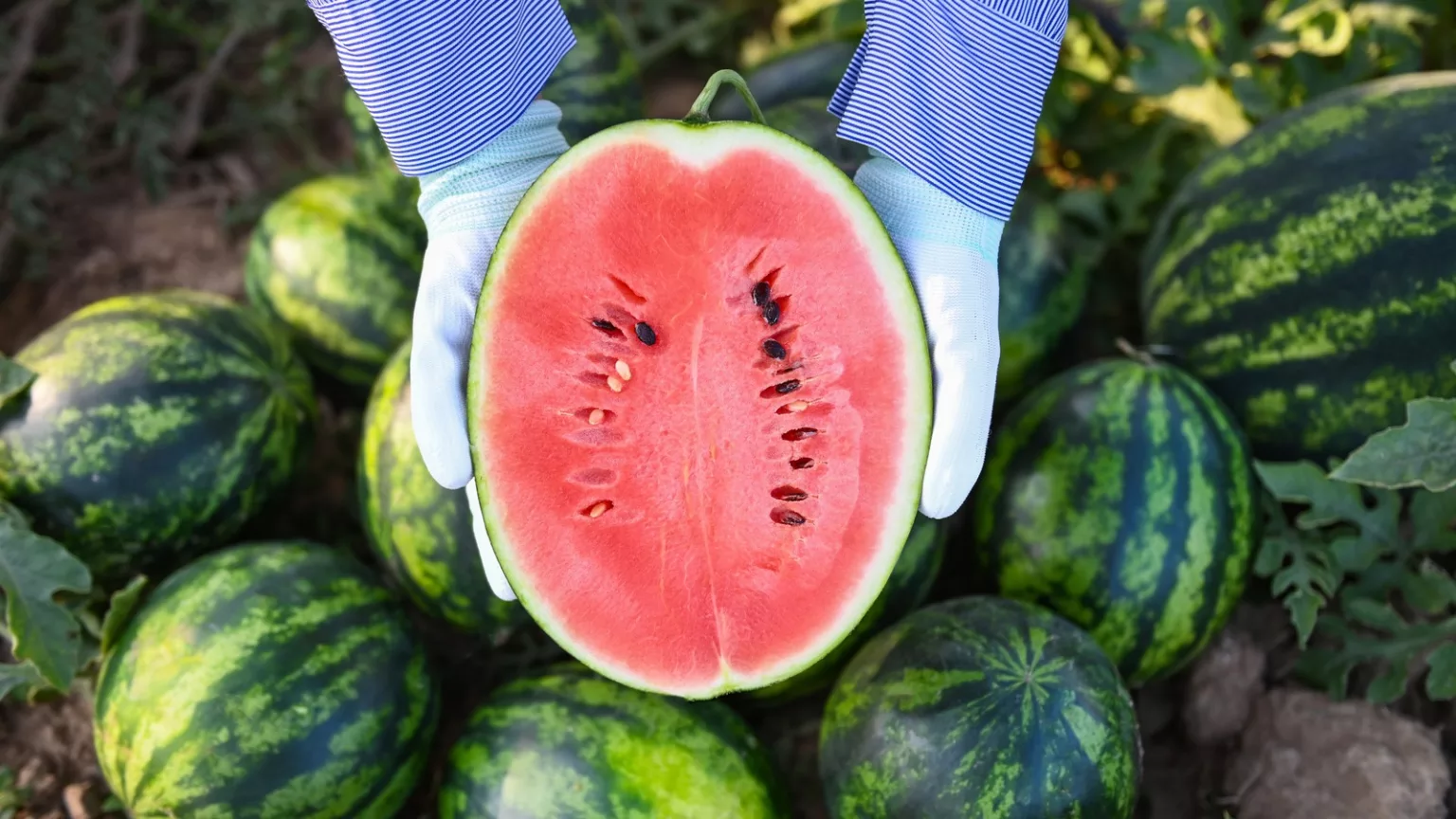Few disappointments rival the feeling of slicing open a lackluster and tasteless watermelon, especially in the midst of a challenging economy. Imagine investing your hard-earned money in a seemingly promising fruit, while returning from work under the harsh weather; only to be met with a bland and colourless reality! How heart rendering!!!
To spare yourself from such culinary disappointments and wastages, consider these insightful tips for selecting a watermelon that promises sweetness and flavour, as a guide that ensures your next purchase is a delightful one:
1. Choosing the right season
In the midst of economic uncertainties, maximising the value of your grocery budget is crucial. Opt for watermelons during their peak season, spanning from May to September. This period ensures you’re picking from the cream of the crop.
2. Look out for visual indicators
The physical outlook of the fruit is also very crucial to knowing how sweet the fruit is; the criteria include:
a. Stripe pattern: A telltale sign of a delectable watermelon is a strong, consistent stripe pattern. Dark green stripes and creamy, light yellow pale stripes indicate ripeness. A dull appearance trumps shine, as excessive gloss suggests underripeness.
b. Sound check: Do some sound check for your watermelon to know how flavourful it will be. Your watermelon should be sonorous. Give it a gentle tap – a deep, hollow sound implies ripeness, while a higher-pitched, denser knock suggests an underripe state.
3. Some of the flavourful watermelon features are:
a. Orange field spot: Choose watermelons with a vibrant orange field spot, steering clear of those with white spots.
b. Round shape: Opt for the rounder melons, as this shape is often associated with sweetness.
c. Dark and matt: A dark, matt surface signifies ripeness, ensuring a flavourful experience.
d. Larger webbing: Look for prominent webbing on the rind, indicating optimal ripeness.
Tips from nutrition experts
Nutrition blogs like watermelon.org advise shoppers to employ the “Look, Lift, Turn” strategy, viz:
a. Look: Examine the watermelon for firmness, ensuring it is free from bruises or cuts.
b. Lift: Gauge its weight; a heavy watermelon indicates high water content.
c. Turn: Inspect the underside for a creamy yellow spot, known as the “ground spot,” where the fruit ripened in the sun.
In summary, a sweet watermelon should exhibit symmetry, possess weight proportionate to its size, produce a resonant sound when tapped, and feature a sizable, yellow field spot. With these insights, your next watermelon purchase is poised to be a delightful investment in both taste and value.

